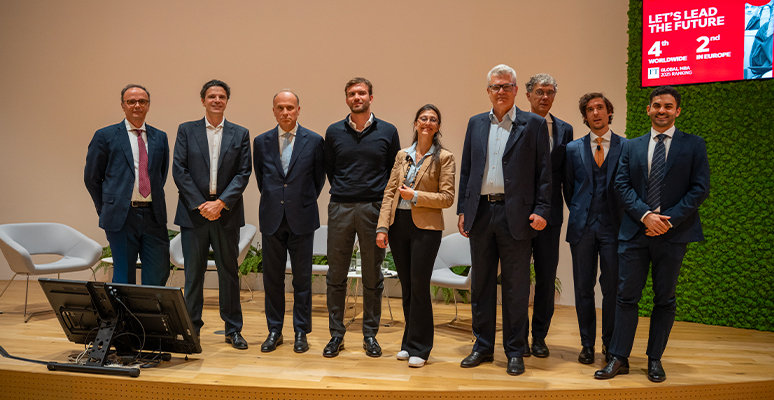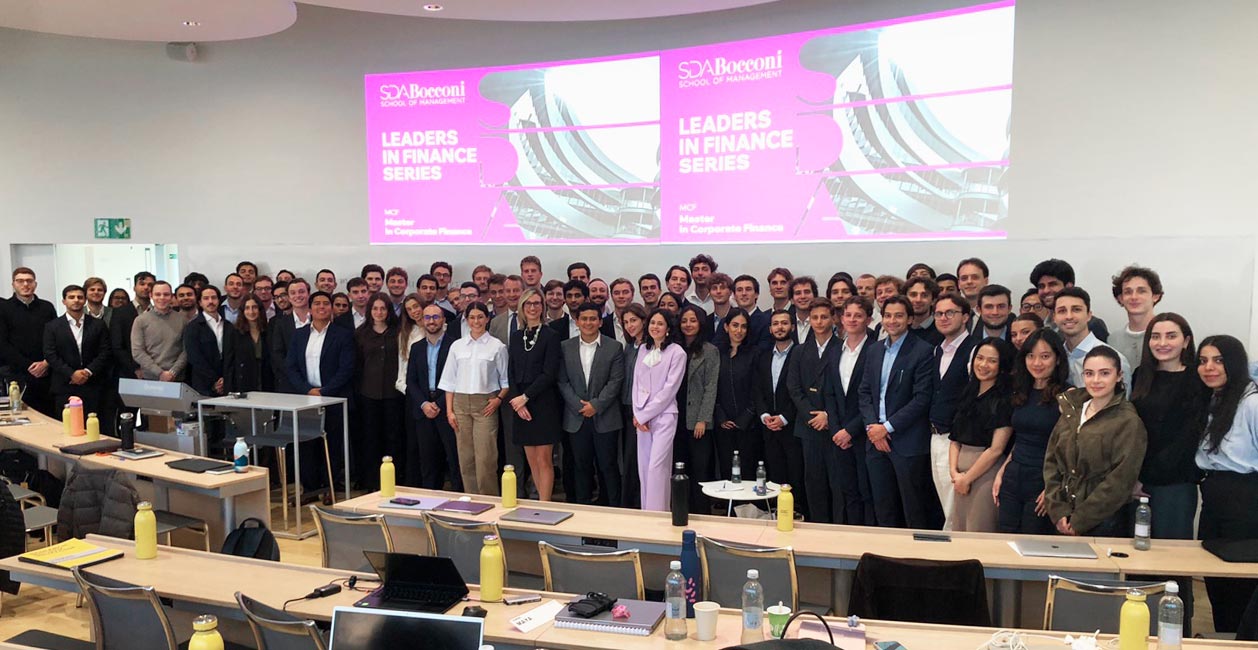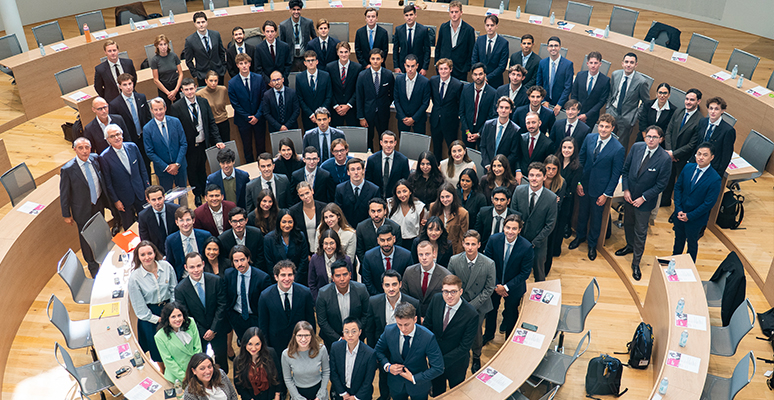The digital euro is more than useful: it is necessary to safeguard European monetary sovereignty in a world where cash is increasingly less used and electronic payments are managed by private operators, almost never European ones.
But to succeed, it will have to win over citizens. That is why SDA Bocconi School of Management, in collaboration with Revolut, responded to a call by the ECB and asked 17,000 European citizens to evaluate three scenarios: the digital euro as designed by the ECB, and two more disruptive alternatives—one bringing the electronic currency closer to a form of digital cash, the other pushing it into the crypto world by tokenizing it through the use of a blockchain.
European citizens are open to using the digital euro, but they seem to prefer the more radical alternatives. CLICK HERE to read a summary of the research.
“It is time for central banks to step onto the playing field and become true innovators,” commented Stefano Caselli, Dean of SDA Bocconi and co-author of the research, as he introduced yesterday’s conference that brought together academics with the Bank of Italy, ABI, and operators from Intesa Sanpaolo, Conio, and Revolut. “The process is still in its early stages, and now is the right moment to discuss it, because different outcomes are still possible.”
Gianmaria Scocca, Head of Branches Europe at Revolut, explained the aims of the research and described the introduction of the digital euro as “a substitution challenge, given the wide variety of digital payment methods already available. Merchants and customers switch when there are economic or practical advantages.”
Giampaolo Gabbi, Leonardo Maria De Rossi, and Nico Abbatemarco outlined the research methodology and findings, highlighting the existence of two hard cores, each amounting to about 30% of the population: one firmly intent on embracing any form of digital euro, and the other firmly against it. The remaining 40% will determine whether the initiative succeeds, depending on the features ultimately chosen.
Nicola Branzoli, Head of the Regulation, Research and Technical Support Division, Digital Euro Unit at the Bank of Italy, emphasized the need for a major change by showing the old keypad mobile phone that, when the euro was introduced 25 years ago, was considered the technological frontier. He also expressed the view that the project should have the least possible impact on the resilience of intermediaries.
Some concerns on this front were raised by Mauro Pernigo, Head of Global Transaction Banking at Intesa Sanpaolo. On the one hand, he said, if the digital euro operates as a digital wallet into which liquidity is shifted from current accounts, banks may be forced to search for new sources of liquidity, with possible effects on interest rates. On the other, the digital euro could open the door for big tech players like Meta or Amazon, which already boast an unmatched customer base, to enter the payments sector.
Christian Miccoli, CEO and founder of Conio, supported the idea of a digital euro based on a blockchain. If launched as currently designed, he argued, it would not constitute a new currency but merely a new payment system.
Silvia Attanasio, Head of Innovation at ABI, focused on the volume of investments banks have made in recent years in different infrastructures that are not always interoperable. The infrastructure to be created for the digital euro, she stressed, should overcome this fragmentation and allow banks to also provide high value-added services without having to rely on others.
Nicola Vicino, General Manager of Revolut Italy, also emphasized the importance of infrastructure, noting how alignment between institutions and operators has determined the success of new payment systems in regions outside Europe. Here, however, the task is more difficult because, unlike places such as Brazil and India, other forms of electronic payment are already widespread.
CLICK HERE to read a summary of the research.






